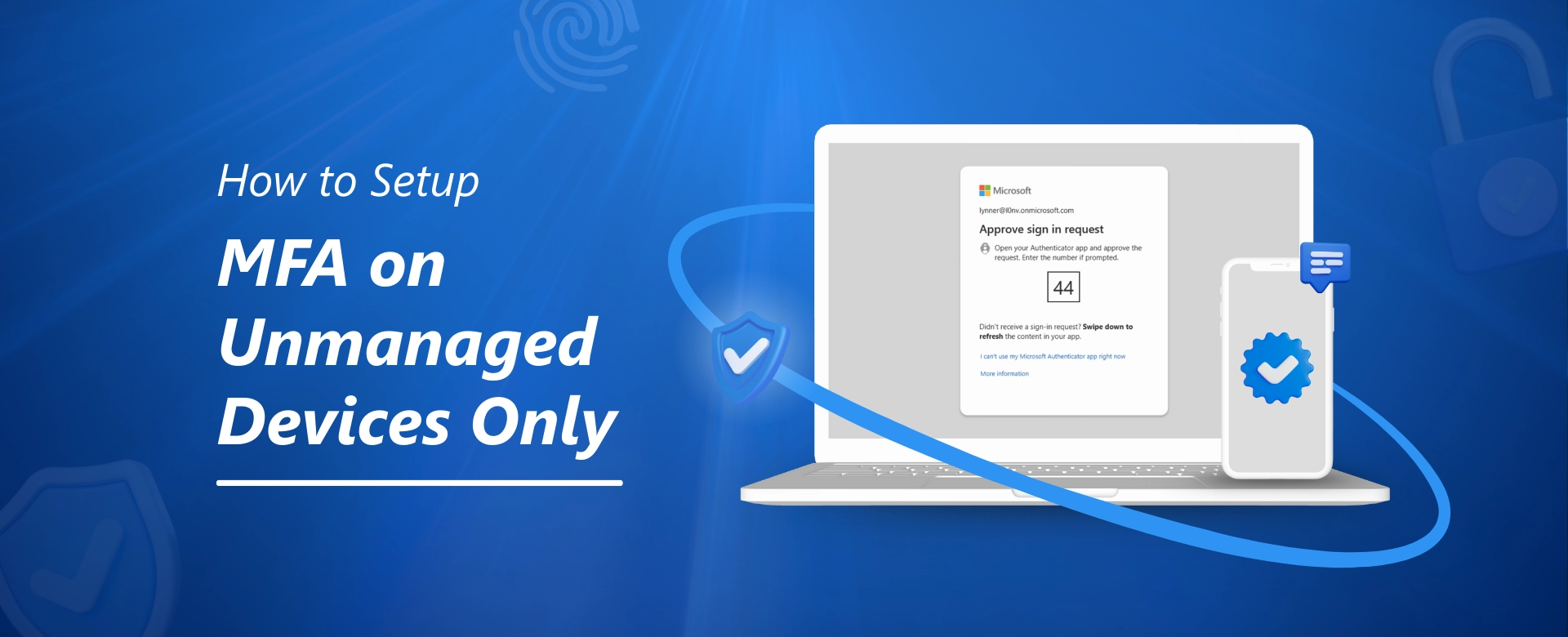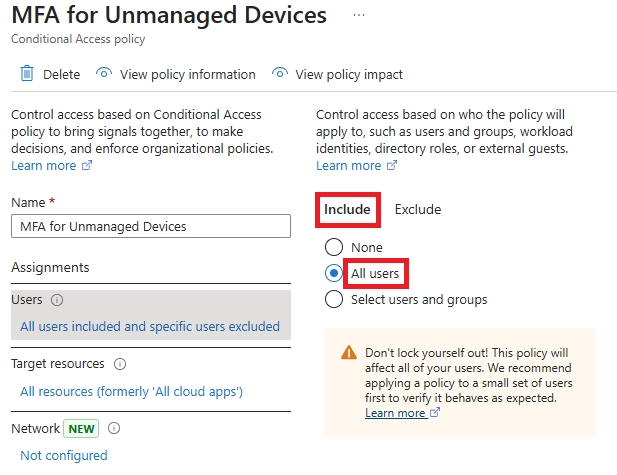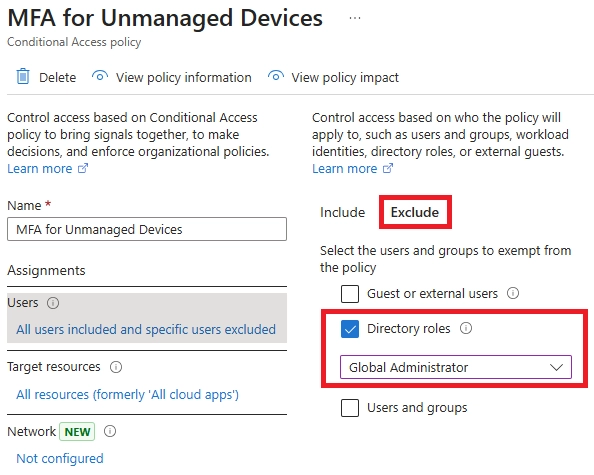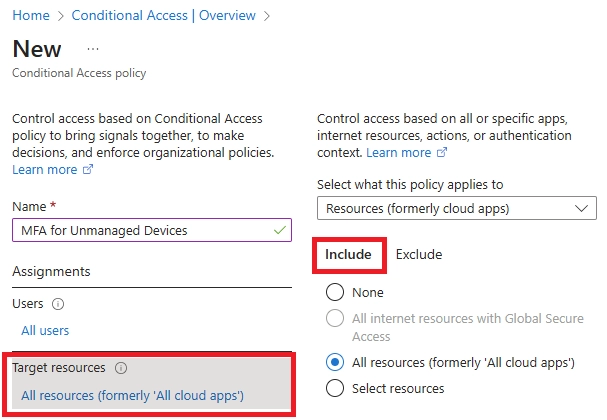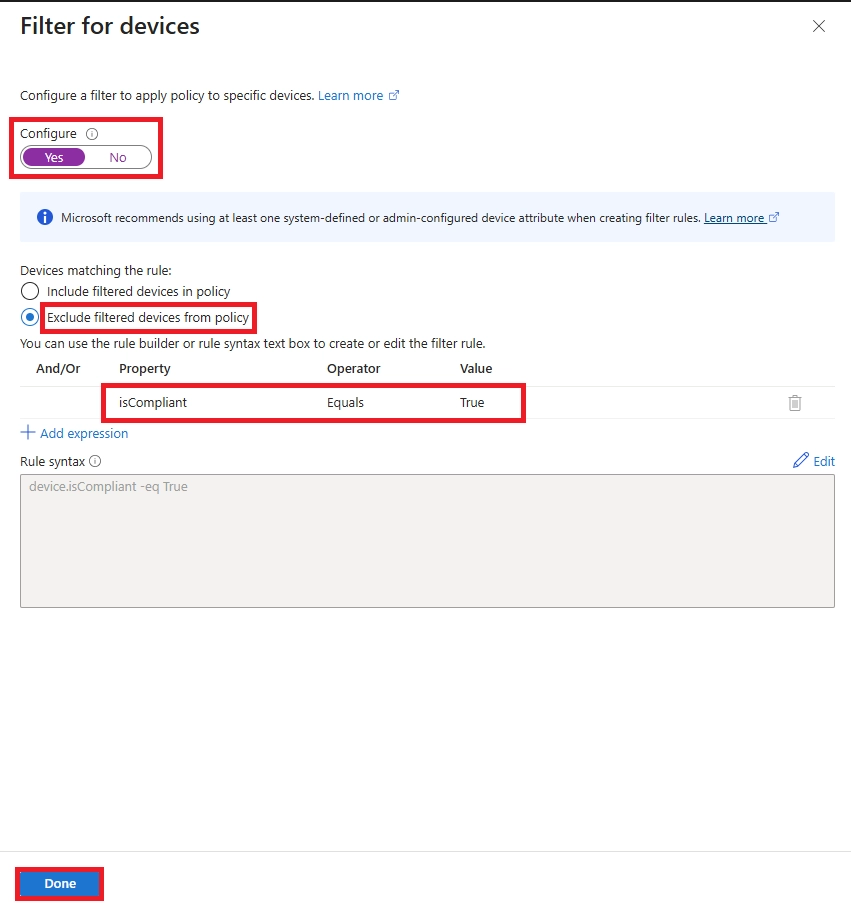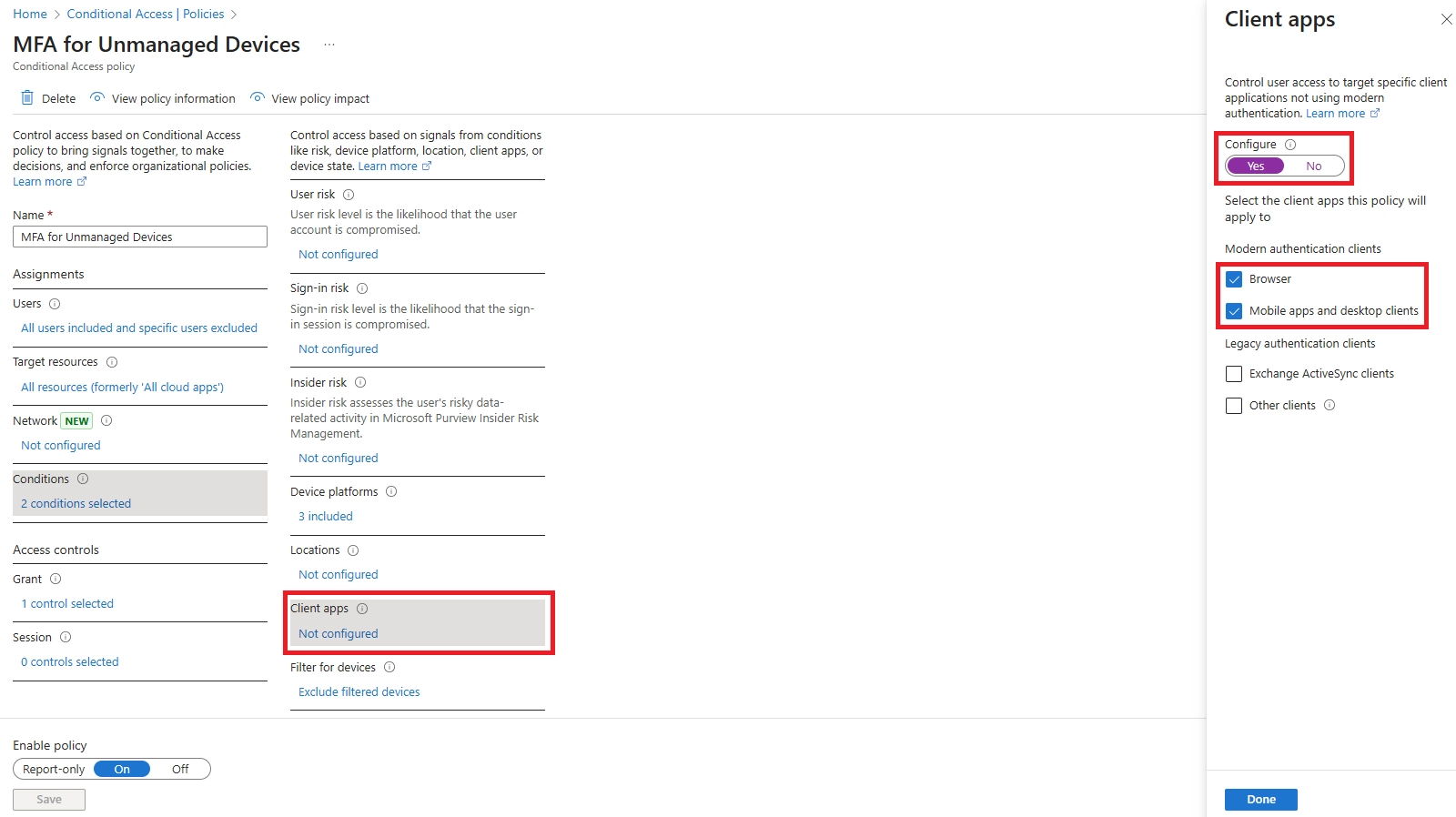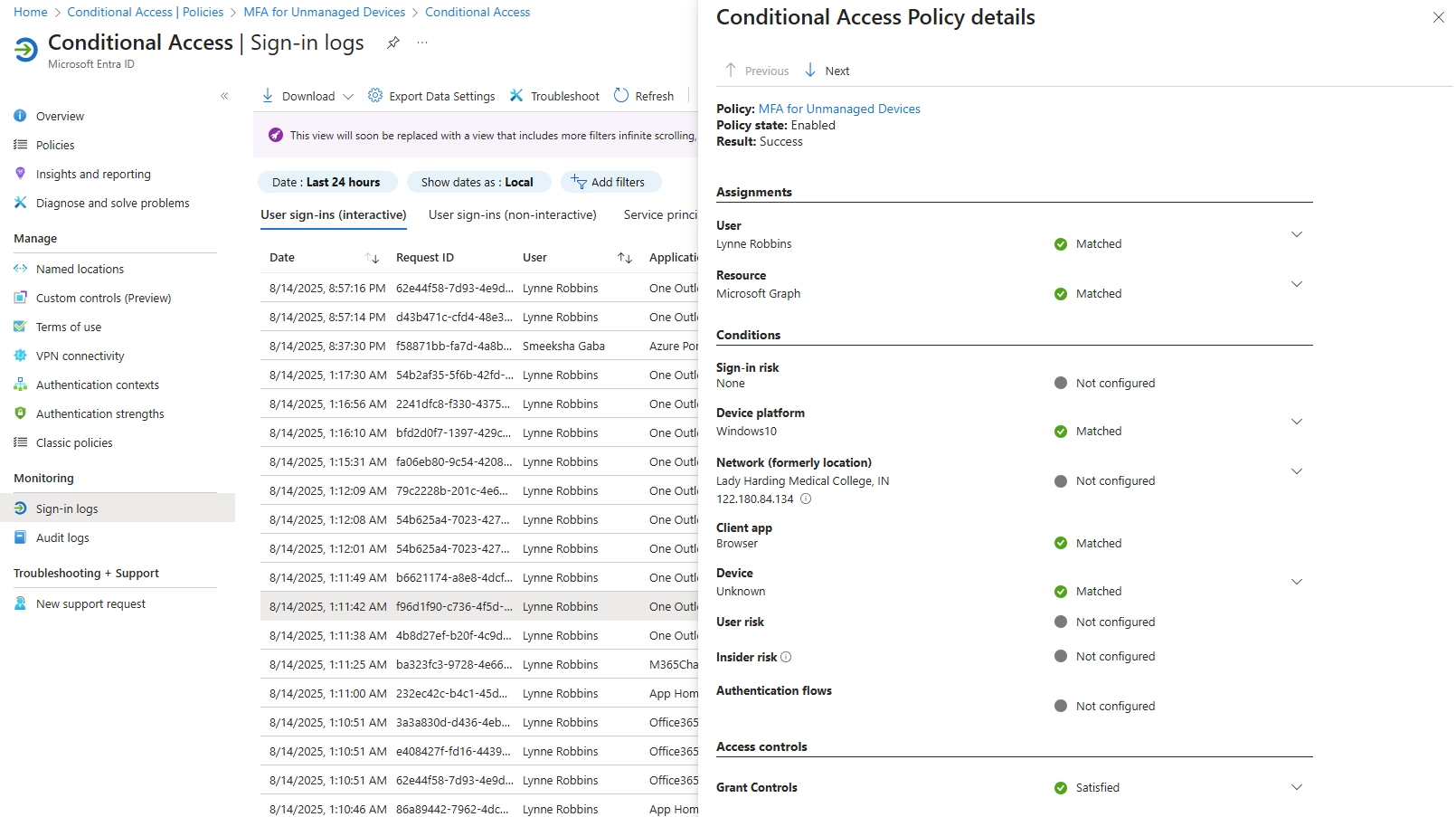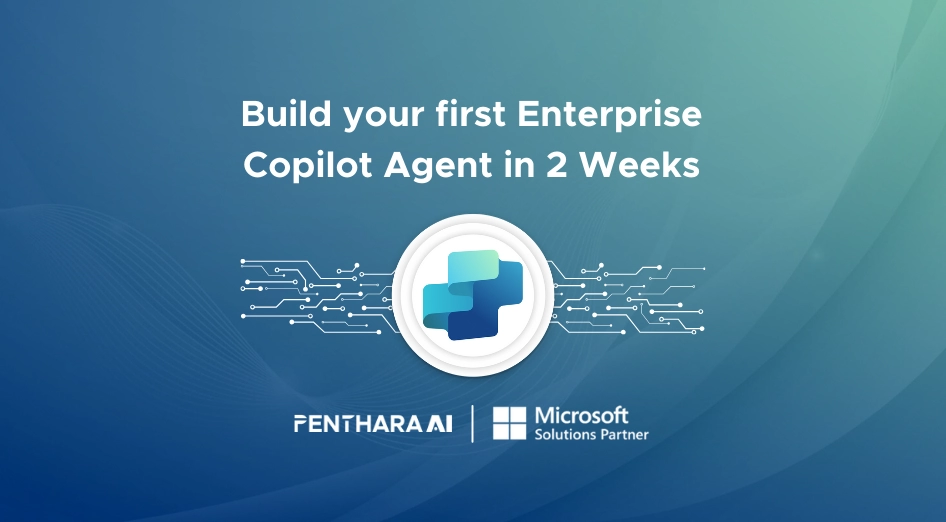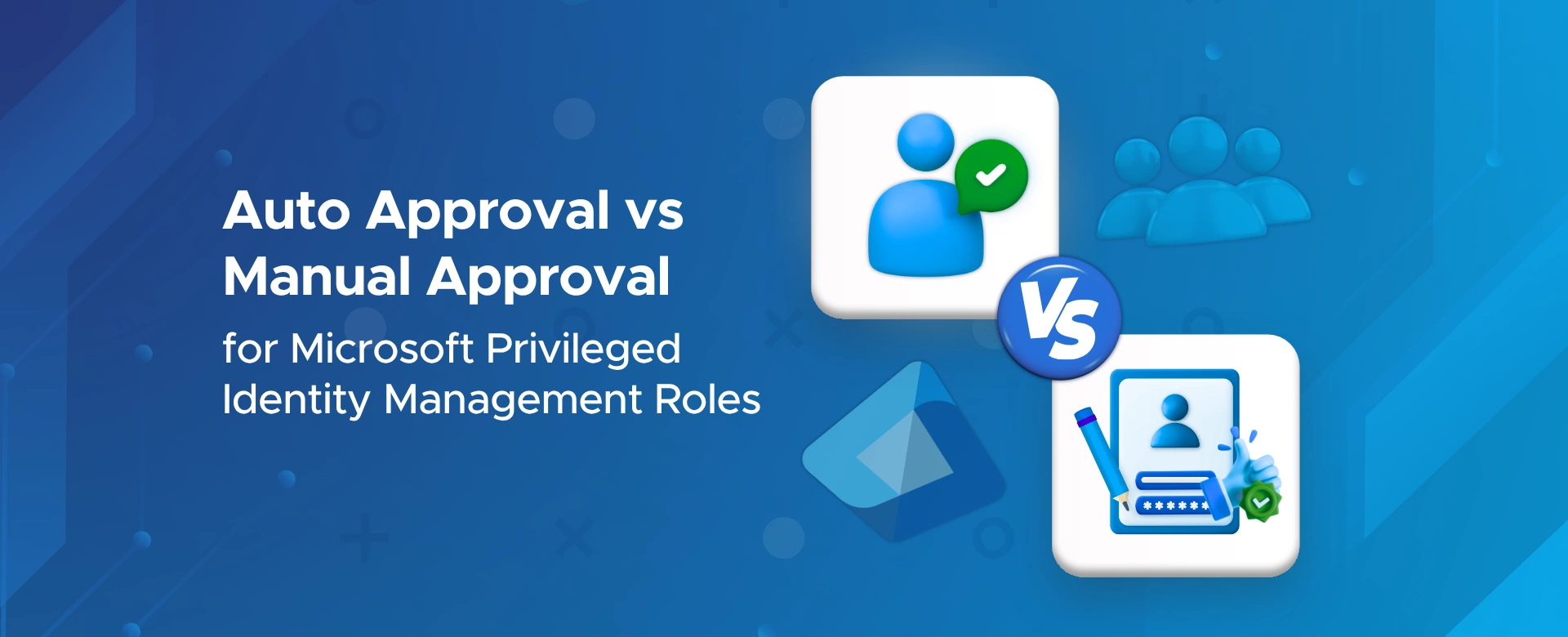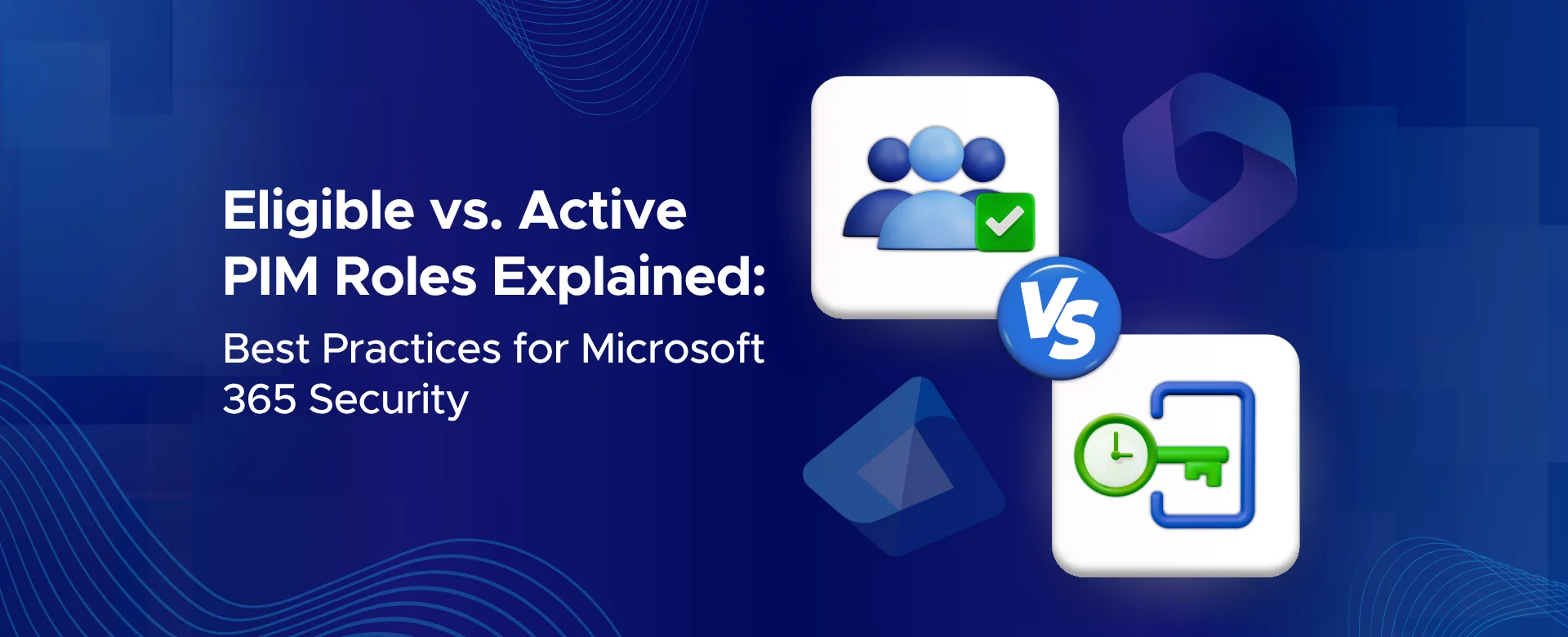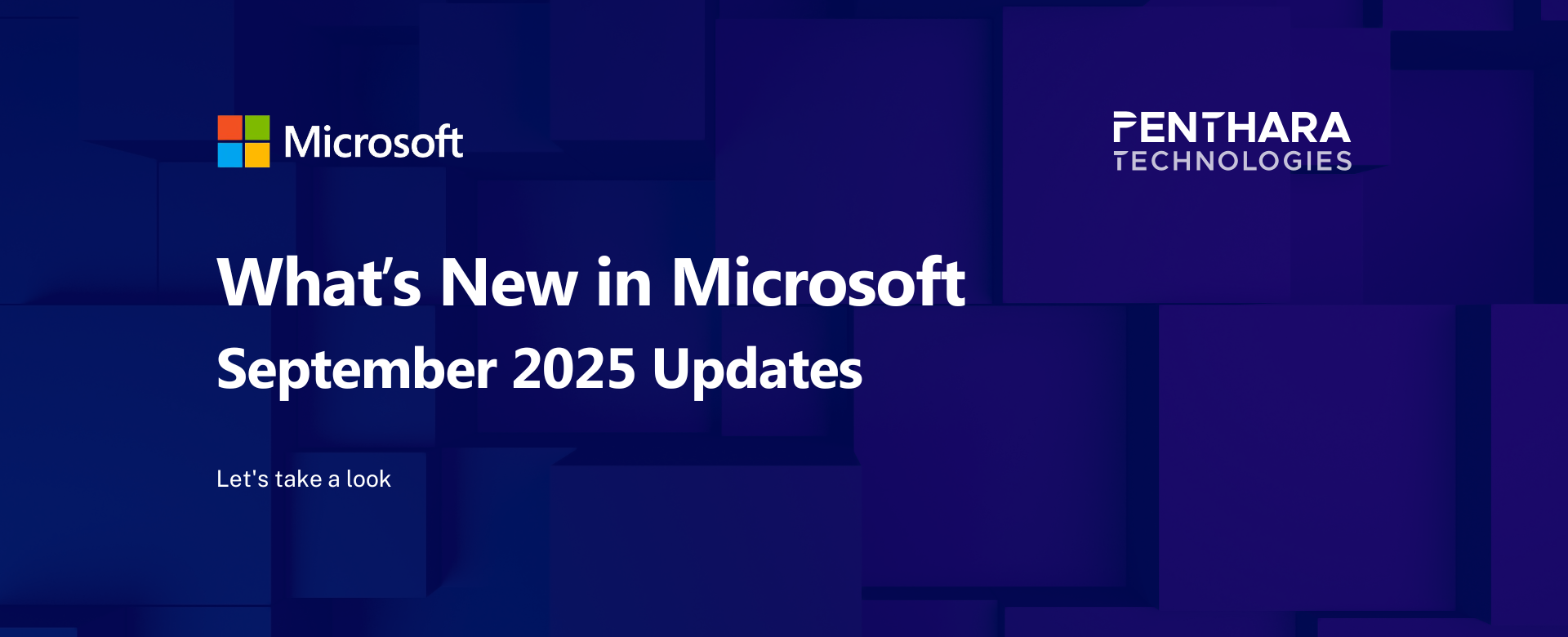Choosing between auto and manual approval in Microsoft Privileged Identity Management (PIM) is about balancing speed with security. This guide explains how each approval type works, their pros and cons, and when to use them - helping you design a PIM workflow that keeps access secure without slowing productivity.
Main Menu
Cloud Services
Collaboration and Communication
Security and Compliance
Automation and Development
Digital Workspace
Artificial Intelligence
Overall Microsoft 365 Services
Main Menu
Starfleet Stash App
Asset & Inventory Management App
Penthara Org Chart
- Cloud Services
- Collaboration and Communication
- Security and Compliance
- Automation and Development
- Digital Workspace
- Artificial Intelligence
- Overall Microsoft 365 Services
- Starfleet Stash App
- Asset & Inventory Management App
- Penthara Org Chart
